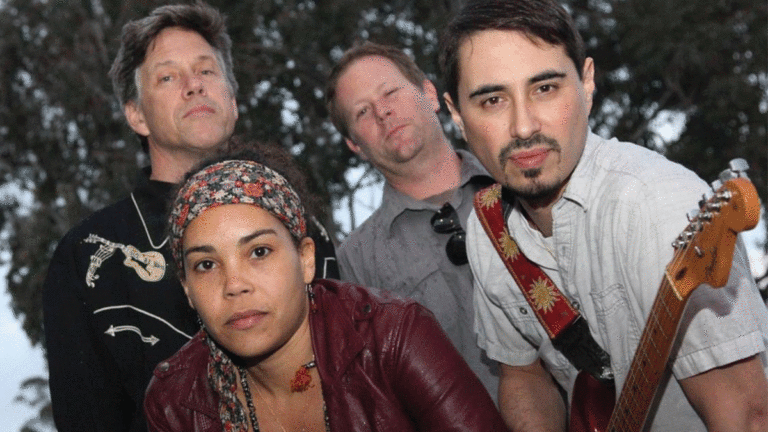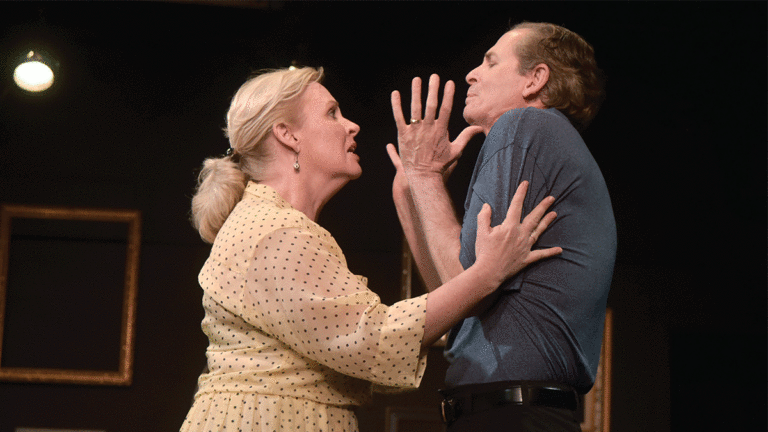We have entered a most important week of multiple festivals. Three festivals this week representing three religions and three Ages (Aries, Pisces and Aquarius)—stages for humanity’s development—are occurring simultaneously. Aries (Age of Laws), Pisces (Age of Faith and Love) and Aquarian (Age of Science, Humanity and Community). All three—Jewish, Christian and Esoteric teachings—are recognized and honored.
Friday is the second Aries Festival—second full moon during Aries. This is most unusual. Friday is Good Friday, historical day of the Crucifixion (Sacrifice Initiation). Friday night begins Jewish Passover, observing the celestial passage from the Age of Taurus to the Age of Aries, symbolized by the Hebrew people’s 40-years walk from Egypt through the Sinai Desert to Canaan (land of milk and honey), culminating with Moses given the 10 Commandments, which began the Age of Aries (Age of Laws). These were laws that directed humanity through the Aries Age and continue to direct humanity today. Passover celebrates the Hebrew people’s safe passage out of Egypt and, “the Angel passing over the Jewish homes, safeguarding their first born.”
Sunday is Easter (Christian ritual, Resurrection festival) representing the restoration of humanity’s hope, life and well-being. During Easter, the Spirit of Resurrection, under the new life of Aries, uplifts humanity into a new light. Guidance is given to the New Group of World Servers as to the new education and training humanity needs.
The three religious festivals, occurring simultaneously, signal that the coming new world religion (Aquarian) is at hand—a synthesis and integration of all religions. We stand with our brothers and sisters of all faiths everywhere in celebration. We see what has created separations between us disappears. We step forward together in the new light, the Spirit of Resurrection and the Forces of Restoration directing us. Hosanna!
ARIES: Often your compassion and sympathy are so very well hidden that many do not recognize you actually possess these virtues. However, you definitely do, and it takes tremendous effort to bring them forth. No longer can you draw the curtain on spiritual realities. No longer will we think you don’t have tender feelings. No longer can you believe they interfere with practical daily life. Feelings and spiritual realities are actually guideposts, talismans, amulets, and your protective lucky charms.
TAURUS: It’s important to begin assessing goals, hopes and wishes for the future. As you do this, others are reaching out to you from groups and organizations asking for your intelligent, researched professional sense so they can begin to understand and be directed. Nurturing and strengthening ties within your group is a task only you can do at this time. Over and over you tell everyone to prepare. You are like John the Baptist on the shores of River Jordan.
GEMINI: There’s a continued assessment concerning your purpose and value in the world. You may feel that great hindrances block you from your purpose. However, there is a new potential and vitality coming forth. Create a new journal. Place your astrology chart on the first page. Then make a list of everything you have done, all that you can do. Then list all that you hope to do. How you want to be remembered? What and whom you idealize and want to be like? These lists help create a deeper self-identity.
CANCER: The sign Cancer is guided by a star in the Big Dipper called Ray 3. This is the Ray of Divine Intelligence, a quality and virtue of all Cancer people. The word altruism is an important word to study. I suggest you research and write a short paper on altruism. Altruism is responsible for creating new philosophical ideas, attitudes and visions in the life of humanity. And in you, too. Your mind is traveling far distances. Soon to the Wesak Valley in the Himalayas.
LEO: You will be thinking of new endeavors, challenges and how to best use resources. Notice that intuition and perception are very strong at this time. If you quietly turn inward, you will know who is thinking of you with a loving heart. Concern about resources continues. However, in the long run this concern will evaporate. Did you expect something that didn’t occur? Is there disappointment? This too will pass. Love is all there is.
VIRGO: Are you being diplomatic, bringing goodwill to all relationships and sharing more? Someone significant is either in need, or you need them. Do you feel there is a lack of support? If so, begin to support others and that which you give is returned a hundred-fold. Be truly gracious. Don’t put on an act or act in ways you think others expect. Learn how to be authentically gracious. It has to do with opening the 12 petals of the heart.
LIBRA: Soon it will be time to get down to business, be practical each moment and establish routines that will handle the details of a great change occurring in your life. Attempt to work with enthusiasm (“filled with God”); summon efficiency, order and organization; ask for assistance (from humans and angels); eliminate everything not needed; and make health and well-being your priority. You can do all of this with ease and charm.
SCORPIO: You need some just-for-fun endeavors, things playful with just a drop of intensity. You also need to call forth your creative gifts. Only when creativity is involved are you truly happy and able to consider your impact on the world. This allows you to be brave and bold, always rebuilding your self-identity and confidence. You’ll express yourself this week and next, and in all the weeks thereafter.
SAGITTARIUS: Are you paying attention to what your feelings and intuitions are telling you? Are you assessing what you consider as safety and security? Are you stirring up activity at home, leaving home, seeking home, or needing a home? What are your support systems? Everything that leads to reorganization is or will be occurring. All things new come forth from strange and unusual places. Stay alert, awake and humble.
CAPRICORN: If you’re feeling frustrated concerning creative endeavors, children, loved ones, and intimates, this will pass. You could feel the need to be highly creative to offset disappointments. You sometimes dream of things so significant and beautiful they take a long time manifesting. In and over time they actually will. You might be sacrificing for your family and feel somewhat sad and confused. Express your feelings over and over in a neutral tone. Ask everyone to listen without judgment. The angels listen.
AQUARIUS: Tend carefully and with detail to personal health and daily life tasks. When you take care of yourself, you’re at ease with yourself. Then a rapport with others develops spontaneously. Walk through neighborhoods, stroll down the middle of town, tend to bills and monetary responsibilities. Be alert, gracious and communicative, your Aquarian self. And realize with gratitude all that you value surrounds and serves you.
PISCES: You’re wondering how to look and express yourself differently and with true authenticity. It’s important for you to be both strong and kind, to seek understanding and harmony with others and for your actions to be understood and not misinterpreted. Often you dream your way through life. You long to learn self-confidence and self-realization. Over time, with more life experiences, this occurs. Be brave. Everything that you wish for comes to you.
























